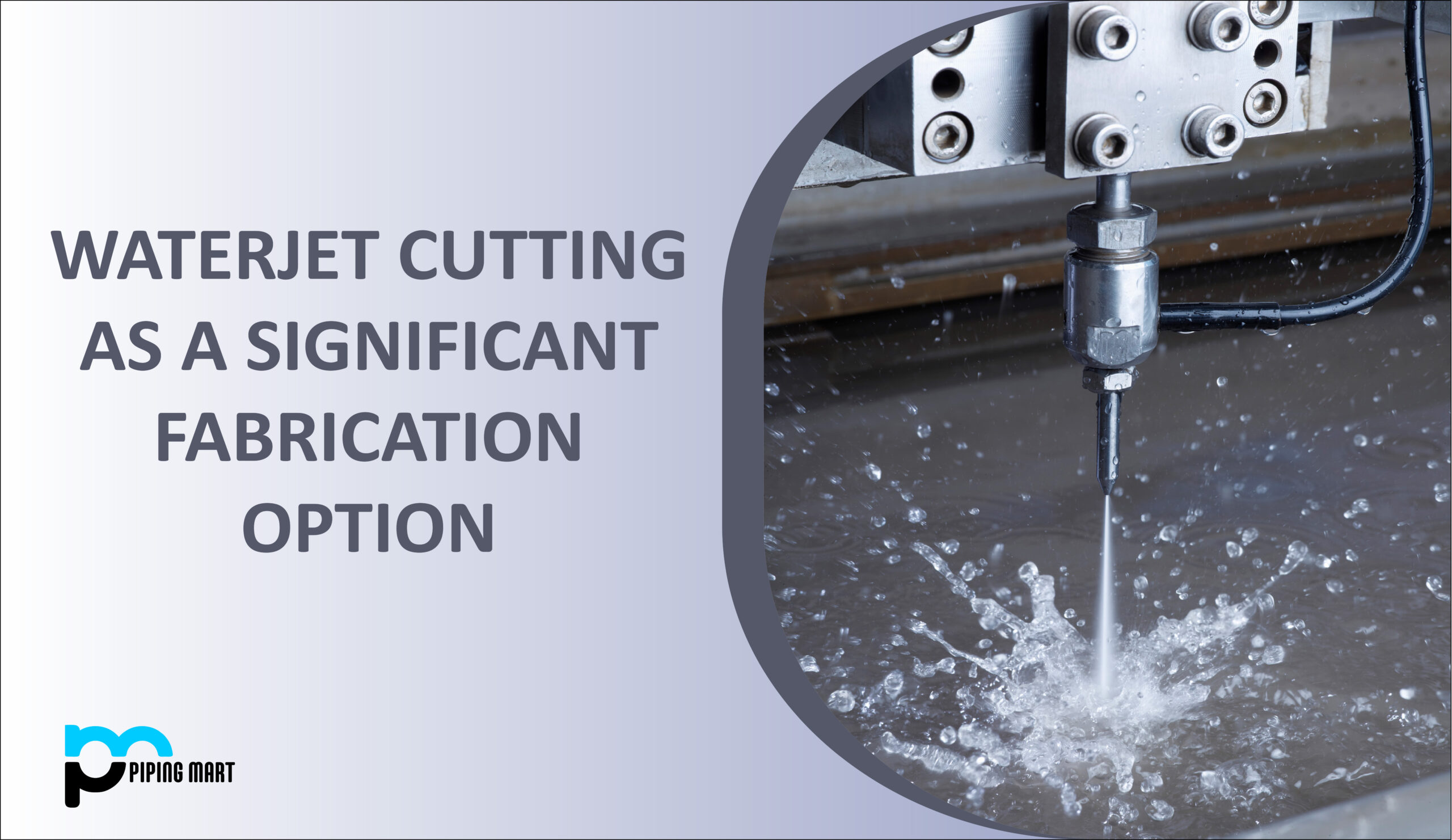Double beat valves are popular in various industrial applications because of their high performance and dependability. They play a crucial role in regulating the flow of fluids and other substances in pipelines. However, double beat valves have advantages and disadvantages like any other engineering component. This blog post will explore the pros and cons of double beat valves in detail.
What is Double Beat Valve?
Double Beat Valve (DBV) is a type of poppet valve with two stages. It is typically used in high-speed diesel engines, such as commercial vehicles and racing cars, to control the intake and exhaust flow for improved fuel efficiency.Valves are released by a camshaft, allowing air to move in and out of the cylinders at various pressures depending on engine speed and power output requirements. DBV technology can also reduce vibration caused by unequal air pressure levels in the cylinder head.
Advantages of Double Beat Valve:
Low Maintenance: Double beat valves have fewer moving parts, making them less prone to wear and tear. As a result, they require less maintenance and can last longer than other types of valves. This means that they are more cost-effective in the long run.
High Flow Rate: Double beat valves have a higher Cv value than other valves, allowing for a higher flow rate. This means they can handle larger volumes of fluid and other substances in a shorter time. This makes them ideal for use in pipelines where a high flow rate is necessary.
Excellent Control: Double beat valves are designed to provide excellent flow control. They are perfect for regulating the flow of highly viscous fluids and substances sensitive to pressure changes. They are also used in applications where precise flow control is necessary, such as chemical processing plants.
Disadvantages of Double Beat Valve:
Limited Design Options: Double beat valves can be challenging because of their structured design. They are not as versatile as other valves and may only be suitable for some applications.
High Cost: Double beat valves can be costly compared to other valves. Their reliability and performance can justify the cost over time, but it can still be significant for businesses on a tight budget.
Limited Materials: Double beat valves are typically made from high-quality metals like stainless steel. As a result, they may only be suitable for some applications. This can be a challenge for chemical, oil, and gas businesses, where corrosive substances are frequently involved.
Not Ideal for High-Pressure Applications: Double beat valves may not be suitable for high-pressure applications. They may not be able to withstand the high pressure involved, which can lead to leaks and other problems.
Conclusion:
Double beat valves are an excellent option for businesses looking for reliable, high-performance valves. They offer excellent flow control, low maintenance, and high flow rates. However, they have limitations, such as high costs and limited design options. When choosing a double beat valve, it is essential to consider its advantages and disadvantages to determine if it is the right valve for your specific application.

Abhishek is a seasoned blogger and industry expert, sharing his insights and knowledge on various topics. With his research, Abhishek offers valuable insights and tips for professionals and enthusiasts. Follow him for expert advice on the latest trends and developments in the metal industry.




